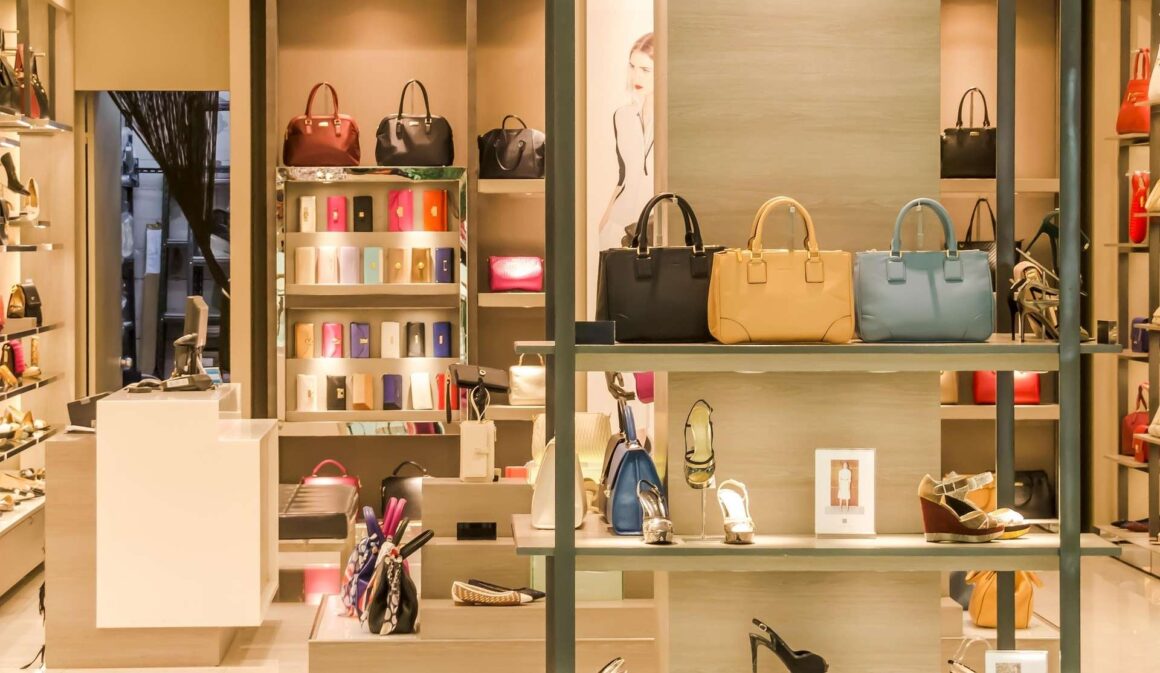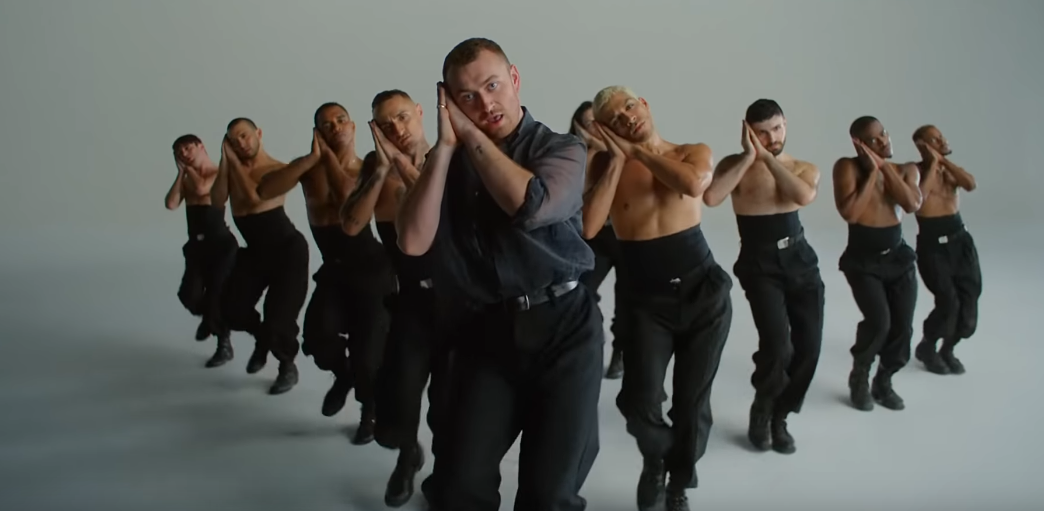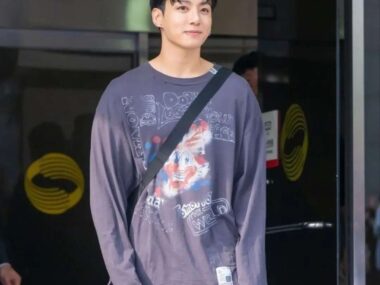A growing number of people are living in luxury poverty. You’re behind on your rent, your bills are overdue, student loans are piling up. Yet you still manage to buy the latest iPhone.
This is what luxury poverty looks like. Outwardly, you may look well-off because you own the markers of status. Designer sneakers, expensive phones, a TikTok-worthy trip overseas. Beneath the surface, there’s no real wealth. It’s very easy to dismiss this group of people as being irresponsible with their finances, but it’s more complicated than that.
Why Necessities Cost More Than Luxuries
In the past, owning a house or paying for college was within reach for the middle class. Luxury items, on the other hand, were distant aspirations. Things have changed since then.
Housing prices have skyrocketed, driven by restrictive zoning and limited supply. Many can’t afford tuition for a college education. If they do go, they’re loaded down with debt. Quality healthcare is a fantasy. In countries like the U.S., one accident or illness can completely derail your finances.
Meanwhile, globalization and mass production have made luxury goods more accessible. It’s easier to buy a $1,200 iPhone than to save $50,000 for a home. Owning something from Chanel seems like a better investment than a college degree in a field that’s slowly losing relevance thanks to AI.
Why We Choose Luxury Anyway
It’s easy to judge. Why buy Gucci slides if you can’t pay rent? The motivations run deeper than irresponsibility.
Psychological coping: When financial stability feels impossible, small luxuries become a source of comfort.
Status signaling: Luxury purchases can make people feel like they belong. Status still matters for jobs, relationships, and social standing. In a society where appearing poor can close doors, looking “expensive” becomes a form of protection.
Social media pressure: Platforms like Instagram or TikTok amplify the need to look like you’re successful. Purchases can turn into content, creating a cycle of comparison and FOMO.
Debt culture: Buy-now-pay-later, credit cards, rentals. These things make luxury consumption possible even without money in the bank. You can rent your outfit, finance your gadgets, no ownership required.
Millennials and Gen Z are at the center of this phenomenon. They’re delaying milestones like marriage, children, and home ownership out of necessity. They redirect money toward “visible milestones” that offer immediate gratification.
The Hidden Cost of Looking Rich
Luxury poverty isn’t about greed or a lack of control. It’s a coping mechanism for a world where the traditional markers of security feel out of reach.
The result is a widening gap between how people appear and how they actually live. Someone might look wealthy while splitting rent with three roommates. It’s an illusion of prosperity that blurs the line between who is struggling and who is thriving. It masks inequality by creating a culture where poverty is misunderstood. If someone looks well-off, society assumes they must be fine. If they’re not, then they’re a failure instead of a consequence of systemic forces. This illusion affects policy, empathy, and social action. When poverty is invisible, it becomes easier to ignore.
There are a lot of barriers in place that prevent many people from achieving real wealth. Until these issues are addressed, many will continue to straddle the line between visible comfort and living from paycheck to paycheck.






